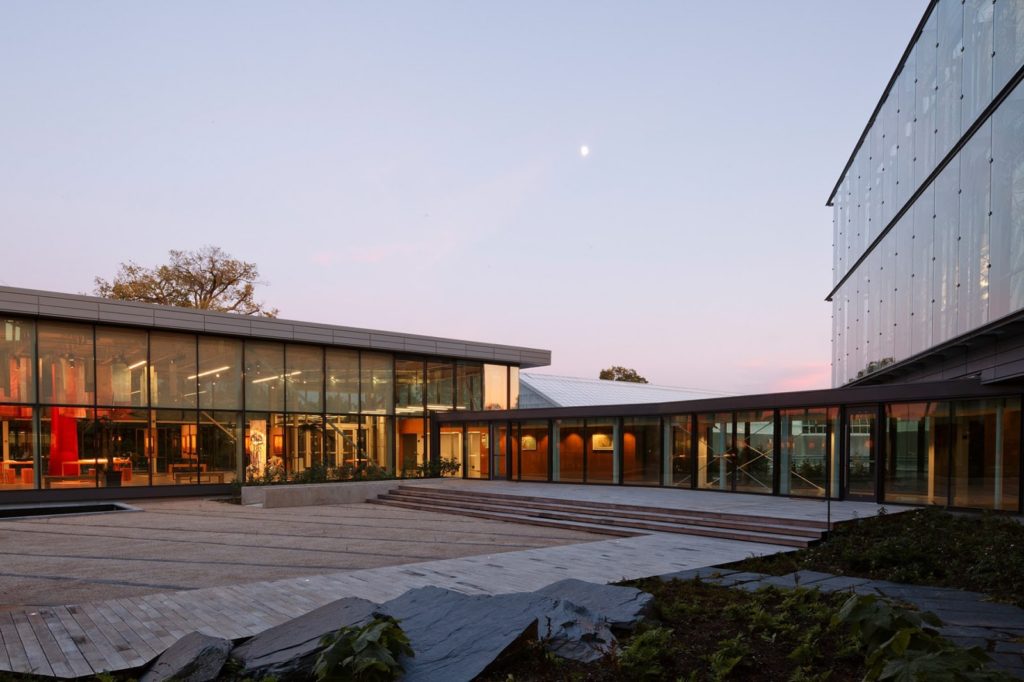Photo credits: Provencher Roy©
The Centre, like the IRBV, is a product of the longstanding partnership between the Université de Montréal and the Montreal Botanical Garden. The Centre benefits from the synergy between its major partners in the areas of research, training, conservation and public awareness programs in environmental protection and sustainable development.
The scientific expertise and and biodiversity databases of both the Centre and the Canadensys network are important resources for the educational programs offered by the Montreal Botanical Garden, the Insectarium and the Biodome.
The Centre’s location is ideal for promoting public awareness on issues related to biodiversity conservation and research.
Inaugurated in 2011, the Centre houses major Quebec collections of plants, insects and fungi. Its facilities include laboratories equipped with state-of-the-art technology and equipment, researchers passionate about discovery, a growing digitized network in the field of biodiversity, classrooms and an exhibition hall.
Displays in the Centre’s exhibition hall educate visitors to the Botanical Garden about biodiversity, practices that threaten it and measures to preserve it. The hall showcases biological collections and the important role of research and training for biodiversity preservation.
Photo credits: Provencher Roy©
The Biodiversity Centre was designed by Provencher-Roy et Associés Architectes and built by Décarel Inc. according to the internationally-recognized Gold LEED standards (Leadership in Energy and Environmental Design) developed by the U.S. Green Building Council and adapted by the Canada Green Building Council. These standards are a key measure of environmentally-sound construction.
Some of the features associated with this designation include a green roof, the collection and reuse of rainwater for toilet flushing and a geothermal system for heating and air conditioning.
For more information, see the case study presented by VoirVert.ca (text in French).

Photo credits: Provencher Roy©
The Biodiversity Centre’s genomic and phytochemical analysis platform is equipped with state-of-the-art research equipment that is continuously maintained and standardized by qualified and experienced personnel.
DNA or RNA can be purified there from very diverse biological samples (plants, fungi, bacteria, viruses, etc.) using proven protocols taking advantage of equipment suitable for small and large scale analyses.
In addition, it is also possible to carry out analyzes of carbon and nitrogen content on solid samples (soils, leaves, roots, etc.) as well as analyzes of carbon content (organic and/or or inorganic) on liquid samples.
Finally, our platform offers shared workspaces available at all times for IRBV research teams but also for any partner wishing to obtain a turnkey service allowing them to perform genomic, genetic and molecular analyses. Our model of expertise and equipment sharing creates a collegial work environment conducive to innovation and knowledge sharing.
Devices available to users
For more information, contact Martin Lefrançois.